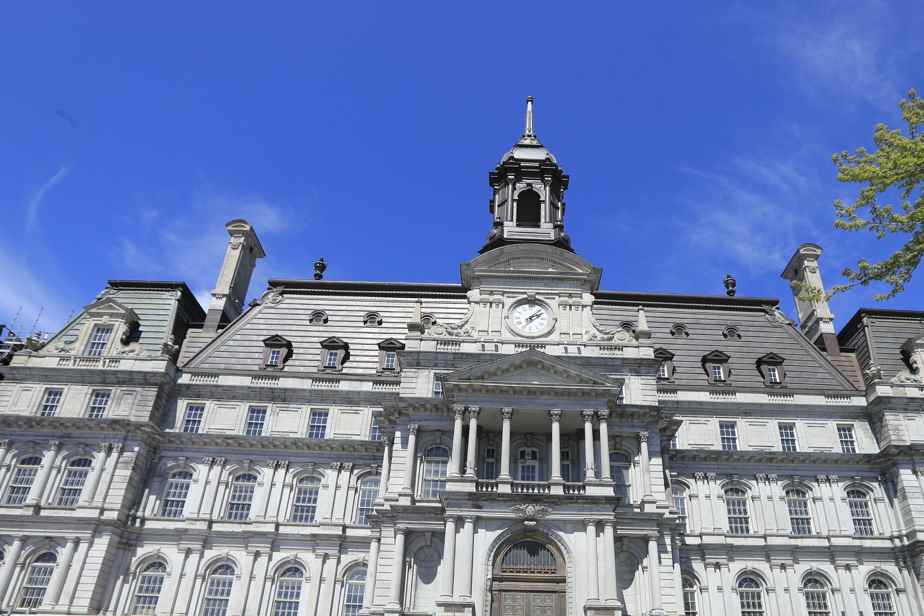The City of Montreal will pay 7 million more for its water ozonation plant because of a form forgotten by a contractor.
Even if it offered the best price (57 million) to build the “metal structures” of the project, the EBC construction firm saw its bid rejected this fall because it had forgotten to attach its proof of insurance. , a required document.
It was its closest competitor, Sidcan, which pocketed the contract, awarded at the last meeting of the municipal council. Sidcan offered to carry out the work for 64 million, or 7 million more.
“It’s a considerable sum and we are entitled to ask ourselves how much money the City loses each year with this kind of situation”, affirmed Dominic Perri to the municipal council. The elected official is chairman of the Commission for the examination of city contracts.
He reported that the City had consulted with its lawyers to find a solution to the “impasse”, but to no avail. The absence of proof of insurance is considered “a major irregularity” which cannot be corrected a posteriori, estimates the City in a document given to elected officials.
EBC did not want to react to the situation. “We will not comment,” spokeswoman Johanne Laurin said.
“The rules for awarding municipal contracts to which the City of Montreal is subject are strict and of public order and the City cannot derogate from them. This case is no exception,” reacted Gonzalo Nunez, in charge of communications at the City of Montreal.
The ozonation plant project is already mired in extremely significant cost overruns: the project was initially supposed to cost 210 million, but is now valued at 717 million.
Its delivery date is also constantly postponed. The City now plans to open in 2025.
An ambitious project
“It’s really, really become a bottomless pit for taxpayers’ money,” said opposition spokesman Alan DeSousa, still on city council.
“It’s an ambitious project, because it’s the best. It does not disturb the fauna and flora, ”replied Maja Vodanovic, responsible for the water file in Valérie Plante’s team. She pointed out that the initial estimate of 200 million was extremely preliminary and that the project has “improved” and been “restructured” over the years, in addition to encountering unforeseen problems.
Ultimately, the facility should allow more advanced treatment of Montrealers’ wastewater through the injection of ozone, in order to eliminate microbes and viruses. These waters end their course in the St. Lawrence River.
It will be the largest factory of its type on the planet.
Mr. Perri affirmed that the City of Montreal should initiate a reflection so that interesting tenders are not rejected on the basis of formalities.
“We must find solutions quickly to prevent this situation from happening again,” he said. The municipality must be able, immediately after opening the tender envelopes, “to request missing documents without having to dismiss the tenderer”.
